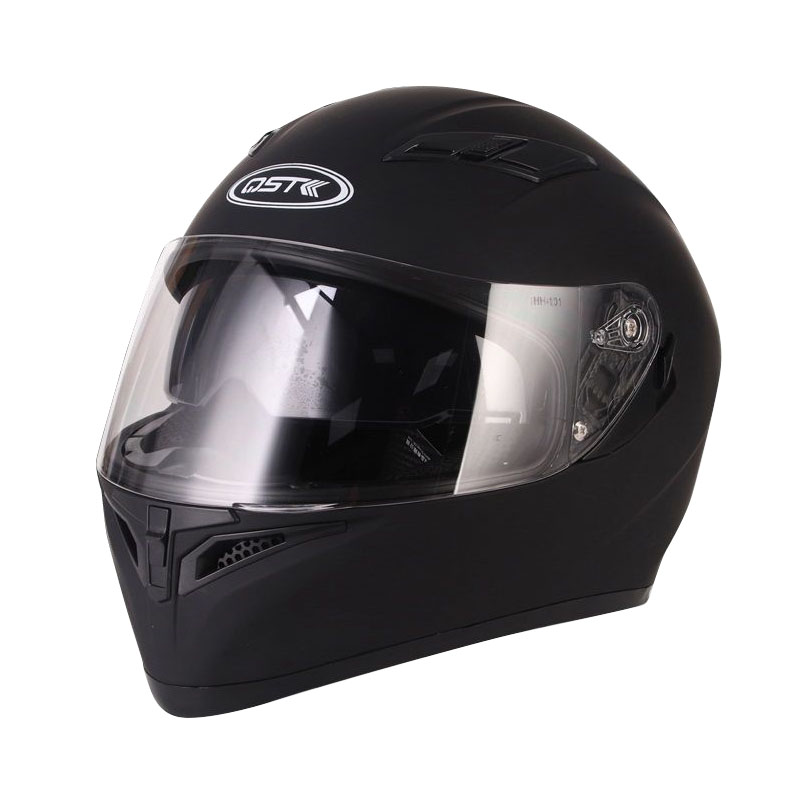Key points about motorcycle Helmet
2024-02-20
Motorcycle helmets are essential safety gear for riders, providing protection for the head in the event of accidents or collisions. Here are key points about motorcycle helmets:
1. Safety Standards: Helmets should meet safety standards established by organizations such as the Department of Transportation (DOT), the European standard ECE 22.05, or the Snell Memorial Foundation. Look for certification labels on the helmet.
2. Helmet Types:
- Full-Face Helmets: Provide the most coverage, protecting the entire head, including the face and chin.
- Open-Face Helmets (3/4 Helmets): Cover the top, sides, and back of the head, leaving the face exposed.
- Half Helmets: Cover only the top of the head, offering the least protection.
3. Shell Material: Helmets are constructed from various materials, including fiberglass, carbon fiber, polycarbonate, or a combination of these. The material's strength and ability to absorb impact energy are important considerations.
4. Liner: The liner inside the helmet is typically made of expanded polystyrene (EPS) foam. This liner absorbs and dissipates impact energy during a crash, providing protection to the rider's head.
5. Retention System/Chin Strap: Helmets have a retention system, usually a chin strap, to keep the helmet securely on the rider's head. Ensure the chin strap is fastened snugly.
6. Fit: A properly fitting helmet is crucial for optimal protection. It should be snug but not too tight, with the top edge sitting just above the eyebrows.
7. Ventilation: Many helmets come with ventilation systems to keep the rider cool and prevent fogging on the visor. Adequate airflow enhances comfort during rides.
8. Visor/Face Shield: The visor or face shield protects the rider's face and eyes from wind, debris, and insects. Some helmets have a clear visor, while others may have tinted or photochromic visors for sun protection.
9. Modularity and Features: Some helmets have modular designs that allow the rider to flip up the front section, providing the convenience of an open-face helmet when needed. Helmets may also include additional features like Bluetooth connectivity for communication or built-in sun visors.
10. Maintenance and Replacement: Regularly inspect and maintain your helmet. Replace it if you've been involved in a crash, if it shows signs of damage or wear, or if it is beyond its recommended lifespan (usually around 5 years).
11. Legislation: Be aware of local laws regarding helmet use. In many places, wearing a helmet is mandatory for motorcycle riders.
Prioritizing safety and choosing the right helmet for your riding style and preferences is crucial. Always buy a new helmet, as used helmets may have invisible damage from previous impacts. Invest in quality, and take the time to find a helmet that fits well and provides the necessary protection for your head.



